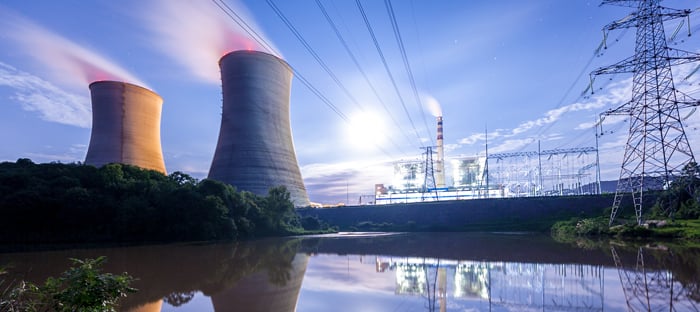Power your home
Enjoy price security with Safe Harbor fixed price energy plans

Power your business

Loading component...
Loading component...
Energy Resources

Energy Harbor offers a wide selection of affordable, 100% clean energy plans that can shrink your home’s carbon footprint and help protect the environment. You can choose a 100% carbon-free electricity plan or a 100% green electricity plan. Green plans offset your electricity consumption through Renewable Energy Certificates (RECs).
Clean energy is energy produced with little to no greenhouse gas emissions (GHG). Most people will use “clean energy” and “renewable energy” interchangeably, however renewable energy is only one camp of clean energy. Clean energy is divided into types: renewable and sustainable.
Working together, we can make a difference. Energy Harbor is committed to doing our part.
Renewable Energy, also called green energy, refers to energy that comes from natural resources, such as wind, solar, and small-scale water power generation.
Sustainable/carbon-free energy refers to energy generated sources that will not be depleted for the foreseeable future and have low to no carbon emissions. All sources of renewable energy are considered sustainable. While nuclear energy is not considered renewable, it is widely considered sustainable due to its lack of pollution and abundant supply.
The generation source is of course the largest distinction between energy that’s categorized as renewable and energy that’s only considered sustainable, but if you want to get into the nitty gritty there are actually quite a few differences between green sources of energy and carbon-free energy generated from nuclear.
Nuclear has a lot of stigma, but it’s extremely safe and the most reliable source of electricity. In fact, is the most reliable source of electricity, operating 24/7 an average capacity factor of 92.7 percent. Capacity factor is the ratio of the actual amount of electricity generated by a plant compared to the maximum amount that it could potentially generate, and it gives us a measure of the reliability of that energy source. Conversely, wind has a capacity factor of 34.4% and solar of 24.4 percent. While nuclear is very similar to wind and solar in terms of low lifecycle emissions, the renewable generation sources trail behind when it comes to reliability.
Reducing your Carbon-Footprint
Since nuclear plants operate 24/7, nuclear energy is considered “always on,” ensuring clean energy is constantly flowing to the grid. Wind and solar are on most of the time, but if the wind isn’t blowing and the sun isn’t shining then power isn’t being produced.
Regardless of their differences, both are hugely important in bringing some production stability to the energy market amidst ever fluctuating natural gas prices and, more importantly, helping to protect the environment and slow the effects of global warming.
Energy Harbor committed to moving the nation towards a cleaner, more sustainable future.
Clean energy and renewable energy are often used interchangeably, but they are not the same thing.
Learn about seven actionable ways to reduce your carbon footprint and help combat climate change.
Enter your ZIP code to find 100% Green plans in your area